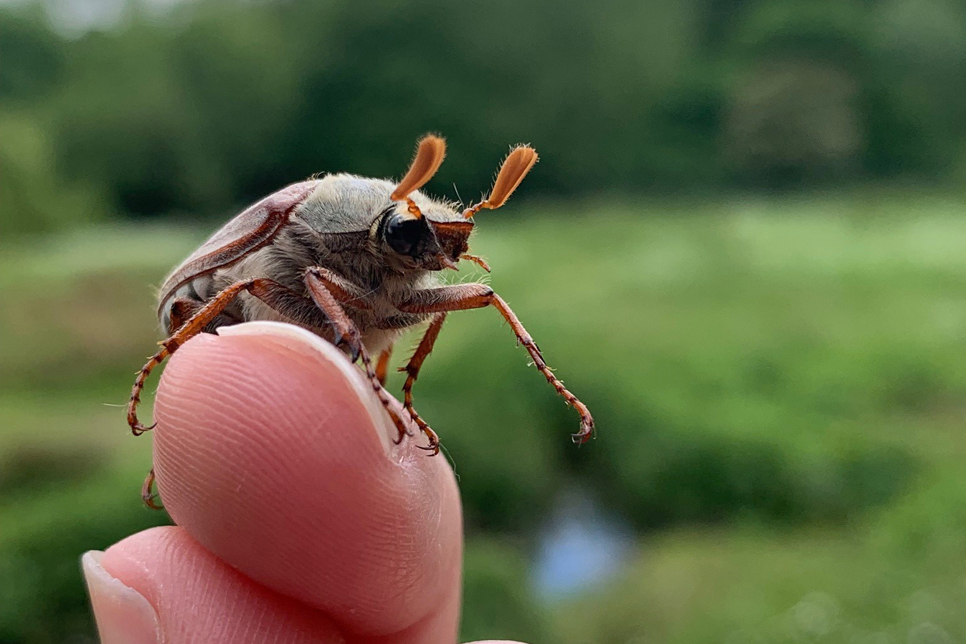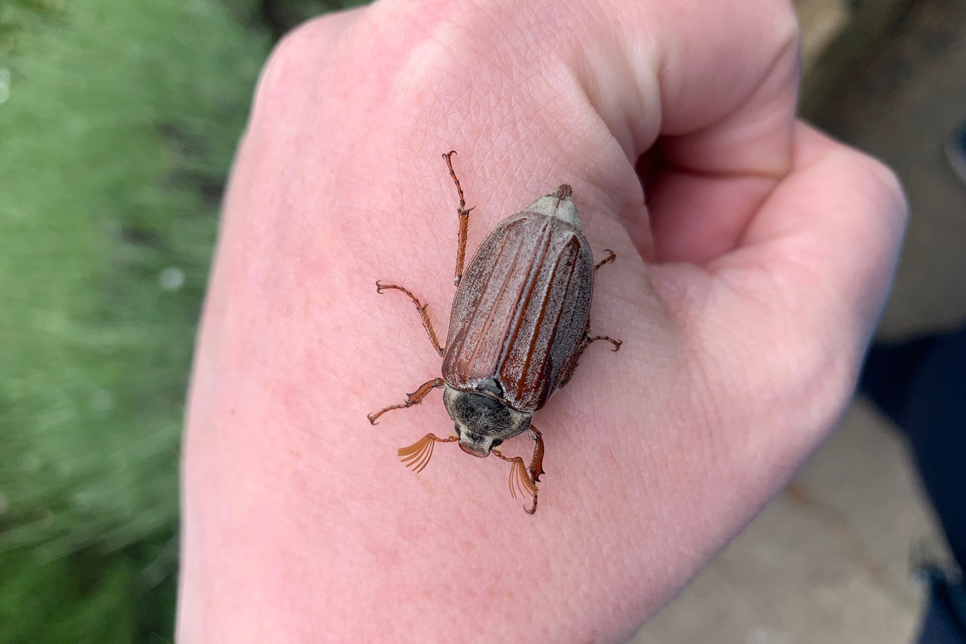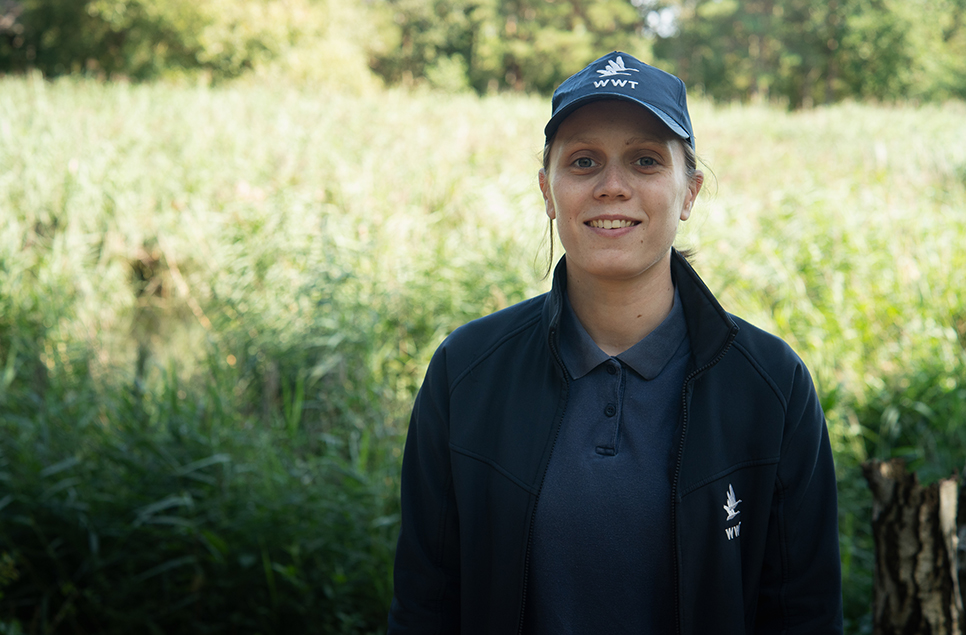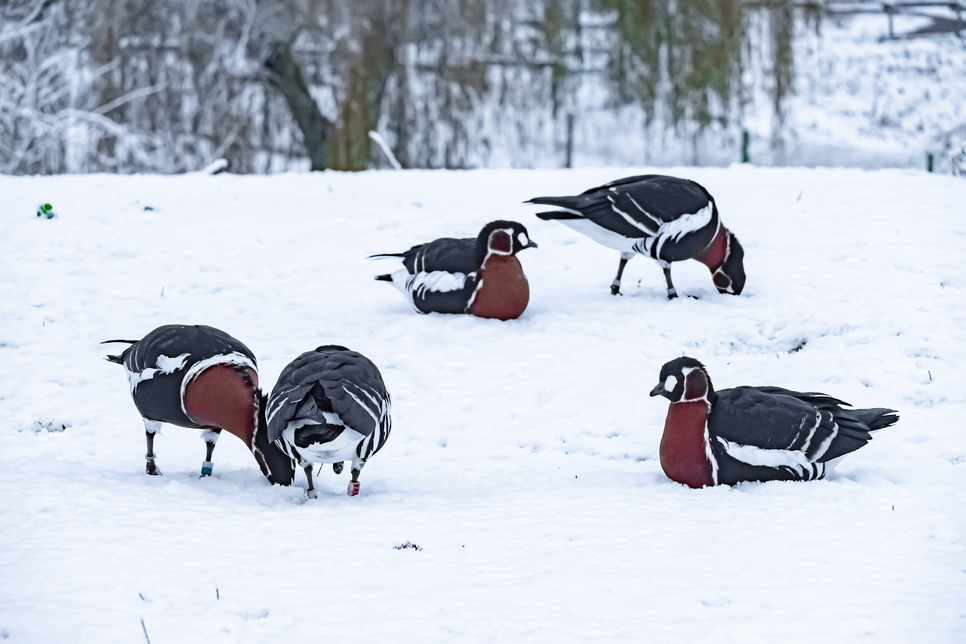Cockchafer beetle getting to know our local moths

Cockchafer beetles are known for their noisy slightly clumsy flight and 'feathered' antennae, but they were also once on the decline due to the use of pesticides in the 1900s.
Also known as a May bug, doodlebug or if you want to go really fancy, melolontha melolontha; these beetles are thankfully on the rise again following new regulations introduced in the 1980s. But although they are more of a common find in south England, they aren't a common critter we find here in the north east.
Adult cockchafers favour field, grassland and meadow habitats where they feast on plants and flowers and search for a mate during their short lived adult lives of 4-6 weeks. This one had managed to get into our moth trap earlier this week here at Washington Wetland Centre, much to the delight of staff and volunteers!
This handsome beetle can grow up to 30mm in length, quite a size and you can imagine what that would look like flying, especially as they are known to be a little uncoordinated, often hitting into windows and even people.
They have distincive vibrant antennae that fan out displaying 6 (female) or 7 (male) 'feathers'. You can see that this one has 7 'feathers' and so we had a nice large male to admire.

While they appear to have a long sharp point at the rear, they don't sting. Females use this tip, called a pygidium, to poke into soil and lay their eggs. Once hatched, the larvae spend between three and five years growing underground, a much longer cycle that the adults!
It seems they are emerging from now so keep an eye out as there may be a number of them spotted in the area. We'd love to hear from you if you do manage to spot one!
Ready to visit?
If you've been inspired to explore Washington Wetland Centre this summer, find out more and book your visit online.
Plan your visit


